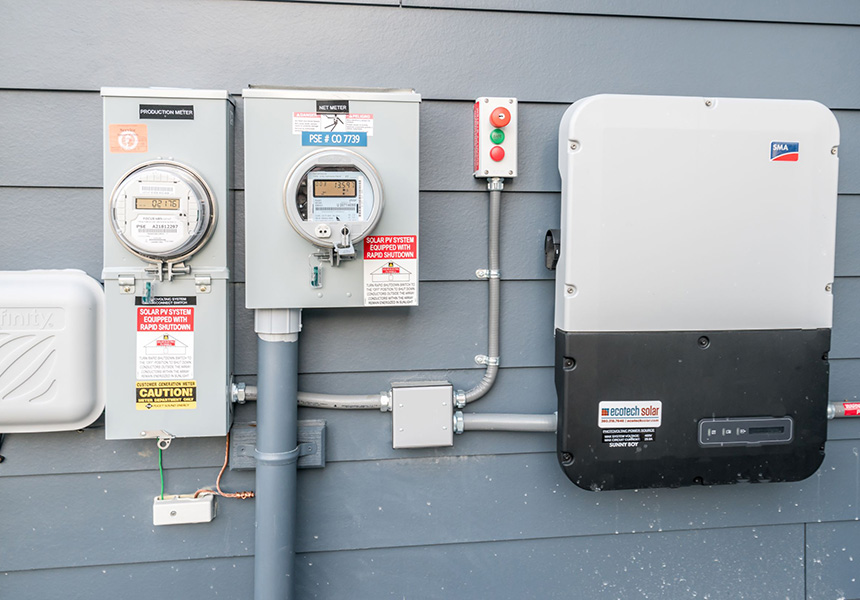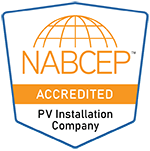Choosing the Right Inverter is Critical
About Solar Inverters
An inverter is one of the most important pieces of equipment in a solar energy system. Solar panels generate DC electricity, which must be converted to alternating current (AC) electricity to be used in homes and businesses. Without a solar inverter, you cannot use the solar electricity generated. Solar inverters come in many varieties and sizes, where the size or power rating of the inverter is measured in kilowatts (kW). Solar-plus–battery storage systems rely on advanced inverters to operate without any support from the grid in case of outage.
Additional Functions of a Solar Inverter
Solar inverters’ also act as the primary connection between the panels and the electrical distribution panel in the house. Modern inverters contain switches that can connect or isolate your solar energy system from the power grid and provide detailed information to your system’s monitoring equipment. A high-quality solar inverter is now possible at a reasonable price. A solar inverter isn’t a charge controller. A charge controller manages electrical input and distributes it to batteries or the electrical system. They’re integral to solar energy storage systems in addition to inverters.
Types of Solar Inverters
Solar inverters’ also act as the primary connection between the panels and the electrical distribution panel in the house. Modern inverters contain switches that can connect or isolate your solar energy system from the power grid and provide detailed information to your system’s monitoring equipment. A high-quality solar inverter is now possible at a reasonable price. A solar inverter isn’t a charge controller. A charge controller manages electrical input and distributes it to batteries or the electrical system. They’re integral to solar energy storage systems in addition to inverters. Some important aspects to consider when selecting a solar inverter include wattage, efficiency, and warranty.
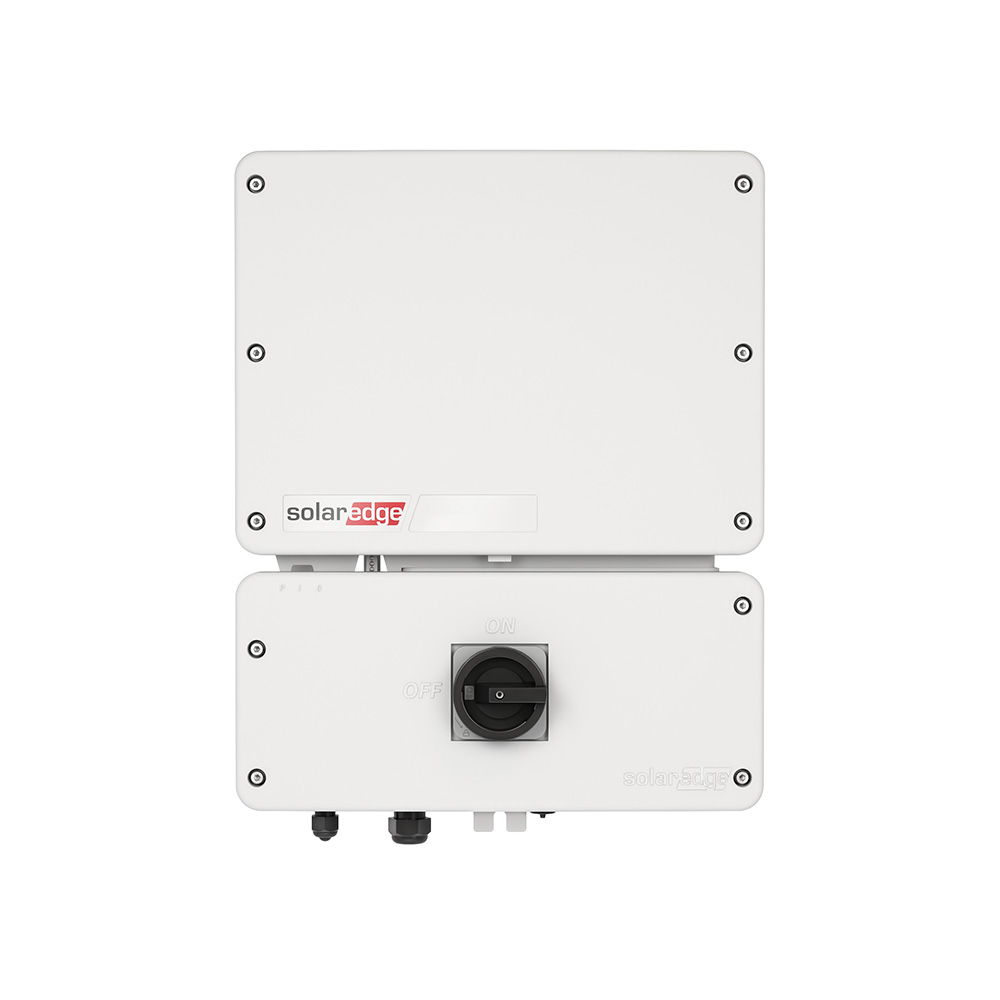
Solar String Inverter
A string inverter, or central inverter, is a large device that accepts DC input from multiple solar panels and transforms all of the energy to AC. You could say that it works to transform energy in bulk amounts. In a solar energy system with a string inverter, all or several solar panels are wired into one centrally located inverter. The inverter then feeds the electrical panel or the grid. In short, a string inverter changes the power from DC to AC after the power is collected from the solar array. String inverters are excellent for use in solar energy systems where all panels face the same direction on one plane that experiences little disruption from shade or other sun-blocking elements.
Solar Microinverter
Microinverters are located at each solar panel and convert that panel’s energy immediately before sending it to the house electrical to meet up with all of the other inverters’ power. A solar energy system that uses microinverters treats each solar panel as its own AC power source and feeds the energy to the home or electrical grid. A microinverter takes full advantage of the production of each individual panel. Each solar panel and microinverter combination can “do their best” and contribute as much power as they can. Microinverters are great for use in solar energy systems where not all panels face the same direction or parts of the array experience shade for some of the day.
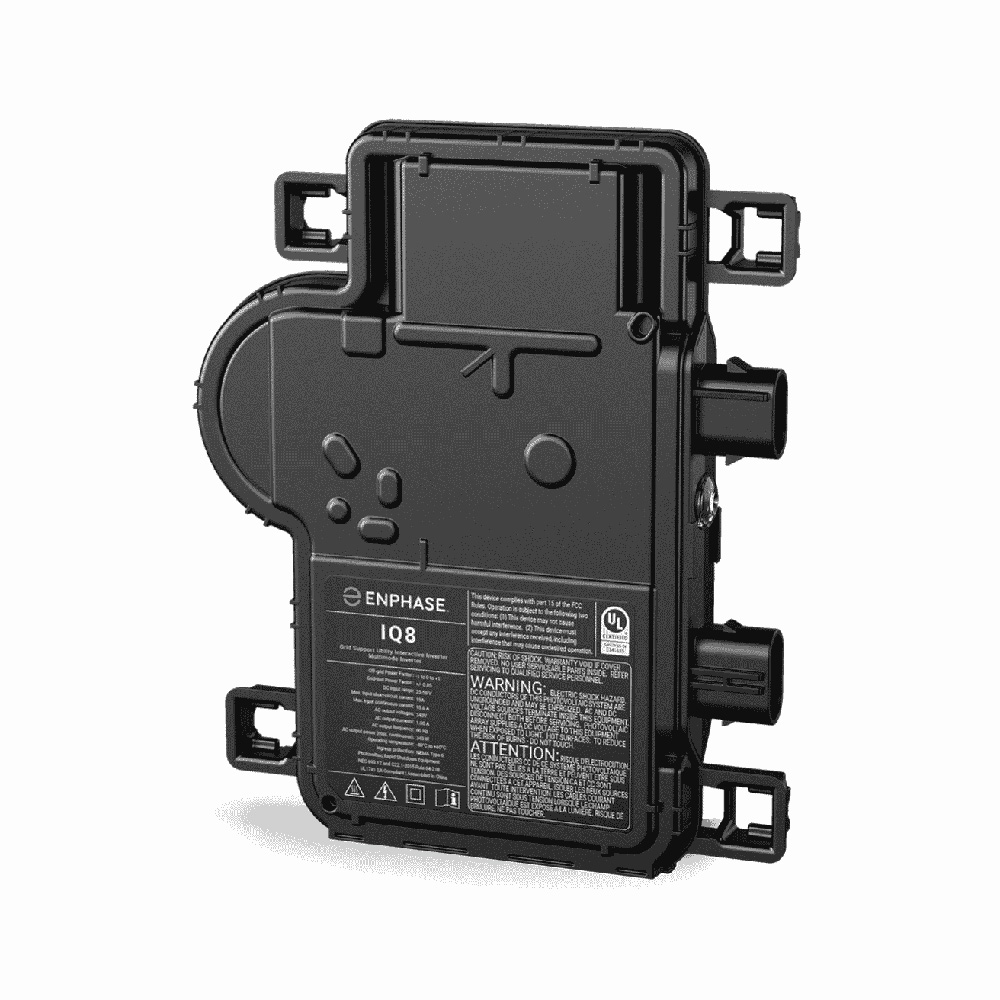
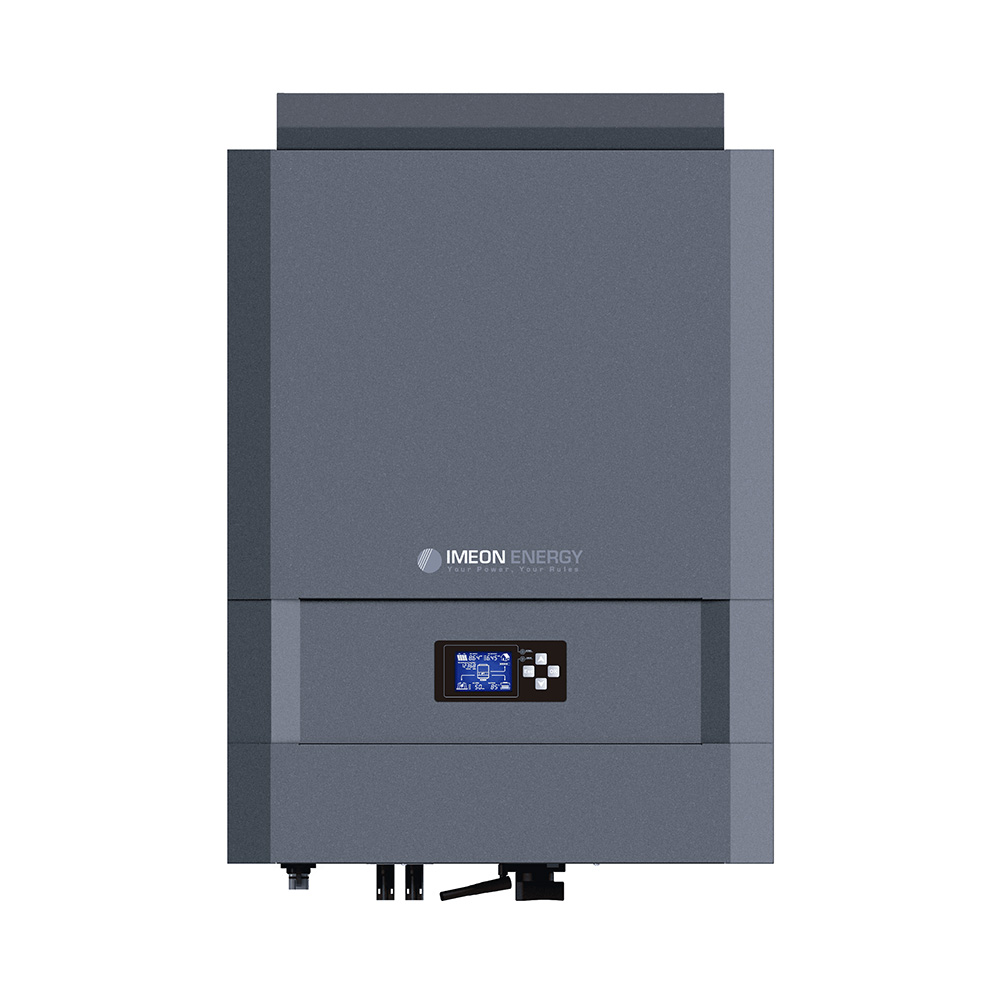
String Inverter With Optimizers (Hybrid)
Technically not a different type of inverter; a string power inverter with optimizers is a combination of components. In such a system, a solar panel has an optimizer that gathers as much DC power as the panel can generate and sends it to the central inverter. The other optimizers do the same. The inverter collects the DC energy from each optimizer and inverts it into AC as a whole before sending it to the house or grid. Power optimizers act similarly to micro inverters in that each panel is independent of the next. That means that shade or sun-blocking on one panel doesn’t affect the efficiency of others or the system in general. Hybrid inverters are essentially two inverters in one and are used for both solar and battery storage.
How to Select the Right Solar Inverter
Solar panels are the most visible and recognizable part of a solar power system. However, inverters are equally important, since they convert DC power from solar panels into the AC power used by electrical devices. Inverters also synchronize with the local grid, so the building can use electricity from solar panels and the grid at the same time. There are various factors to consider when deciding what sort of solar inverter is the right one for your home, including how it works, prices and savings, and the type of inverter. Seacoast Solar will be able to provide further expert advice.
When choosing between string, micro, or hybrid inverters, it’s essential to understand your specific needs, budget constraints, and system requirements. Consider factors such as shading, panel orientation, energy storage requirements, and backup power needs to determine the best fit for your household. Consulting with your Seacoast Solar installer or system designer can also provide valuable insights and recommendations based on your individual circumstances.

